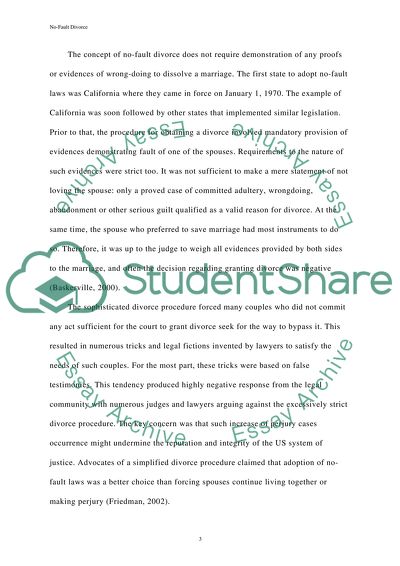Cite this document
(“No-Fault Divorce Essay Example | Topics and Well Written Essays - 1250 words”, n.d.)
No-Fault Divorce Essay Example | Topics and Well Written Essays - 1250 words. Retrieved from https://studentshare.org/miscellaneous/1522270-no-fault-divorce
No-Fault Divorce Essay Example | Topics and Well Written Essays - 1250 words. Retrieved from https://studentshare.org/miscellaneous/1522270-no-fault-divorce
(No-Fault Divorce Essay Example | Topics and Well Written Essays - 1250 Words)
No-Fault Divorce Essay Example | Topics and Well Written Essays - 1250 Words. https://studentshare.org/miscellaneous/1522270-no-fault-divorce.
No-Fault Divorce Essay Example | Topics and Well Written Essays - 1250 Words. https://studentshare.org/miscellaneous/1522270-no-fault-divorce.
“No-Fault Divorce Essay Example | Topics and Well Written Essays - 1250 Words”, n.d. https://studentshare.org/miscellaneous/1522270-no-fault-divorce.


